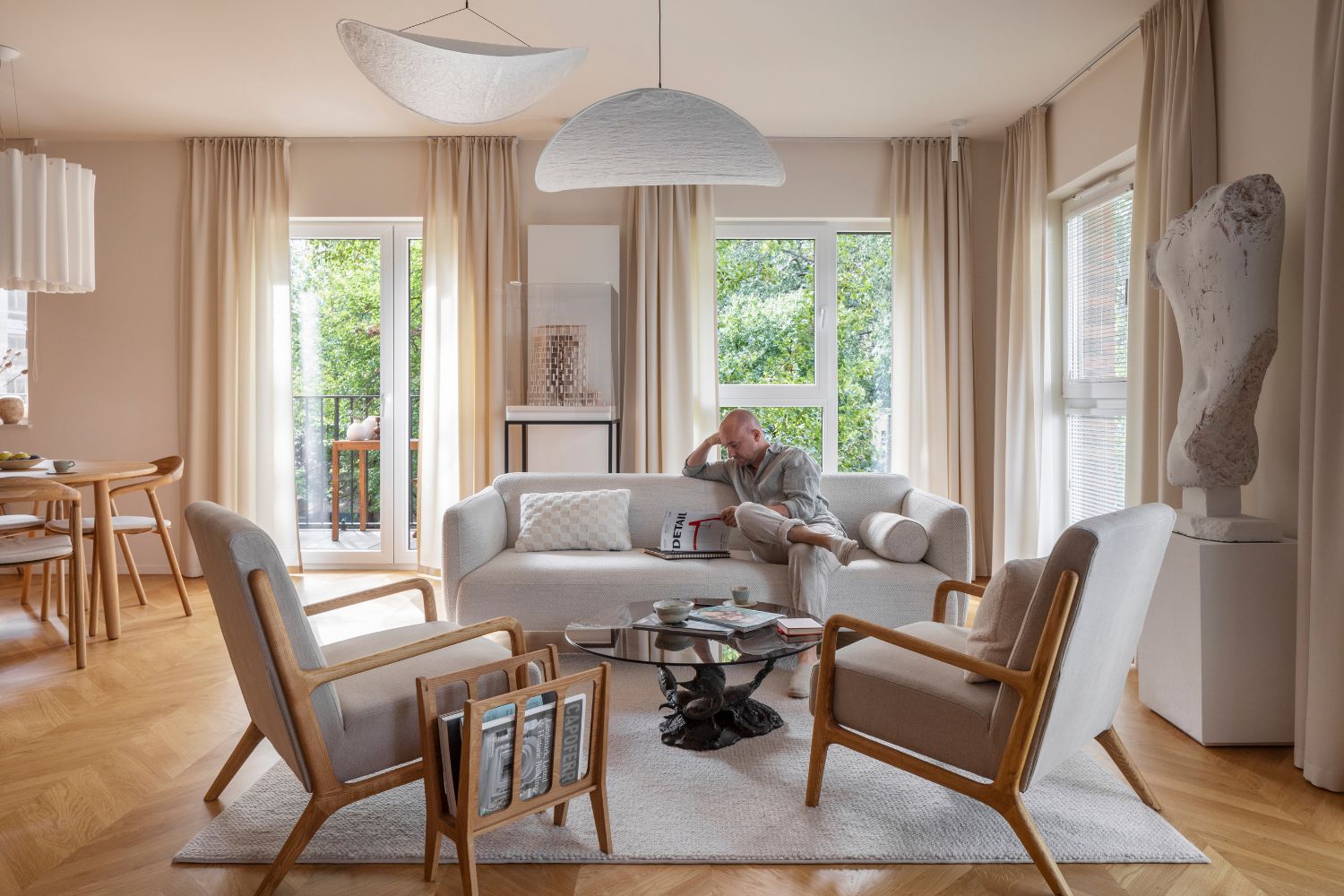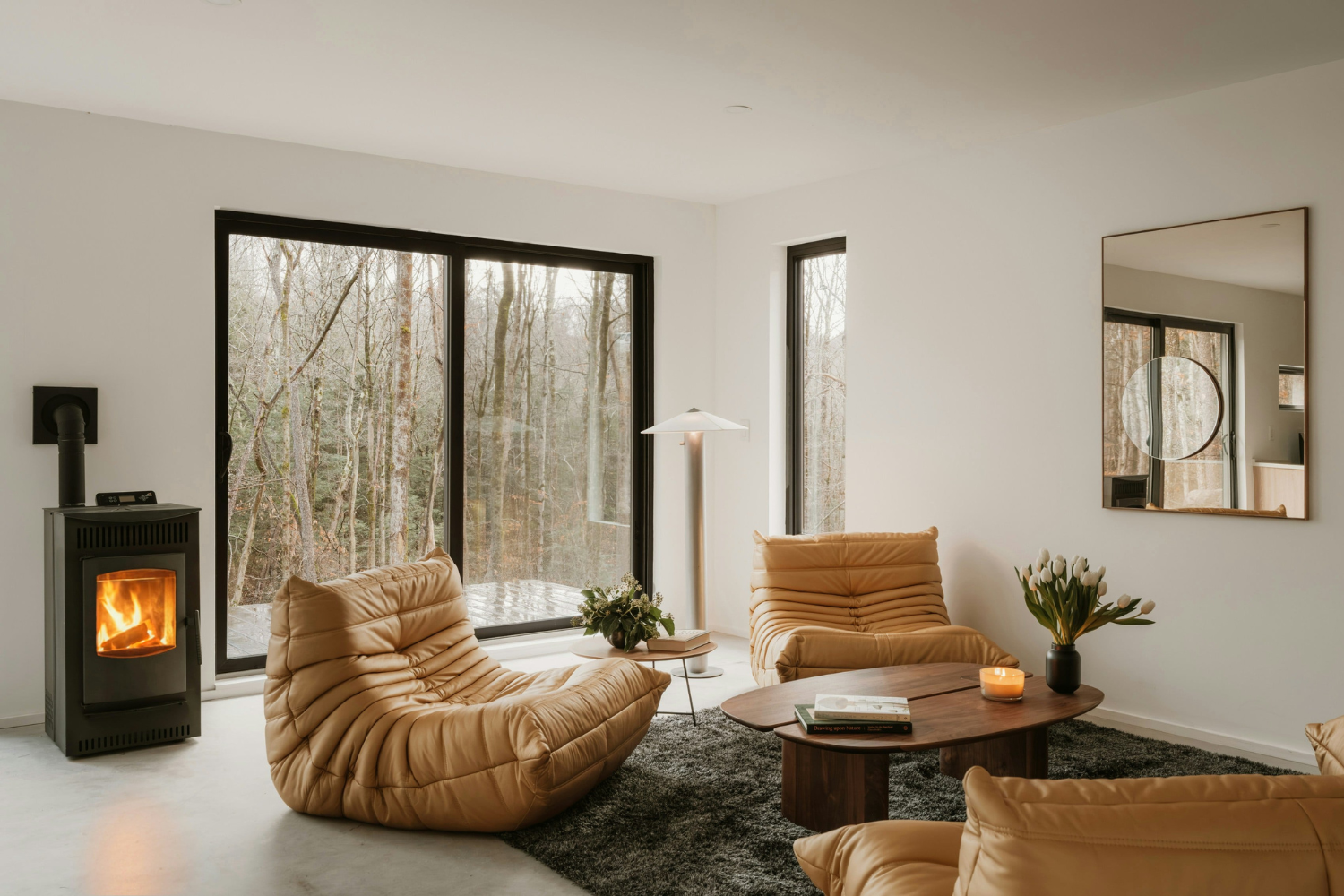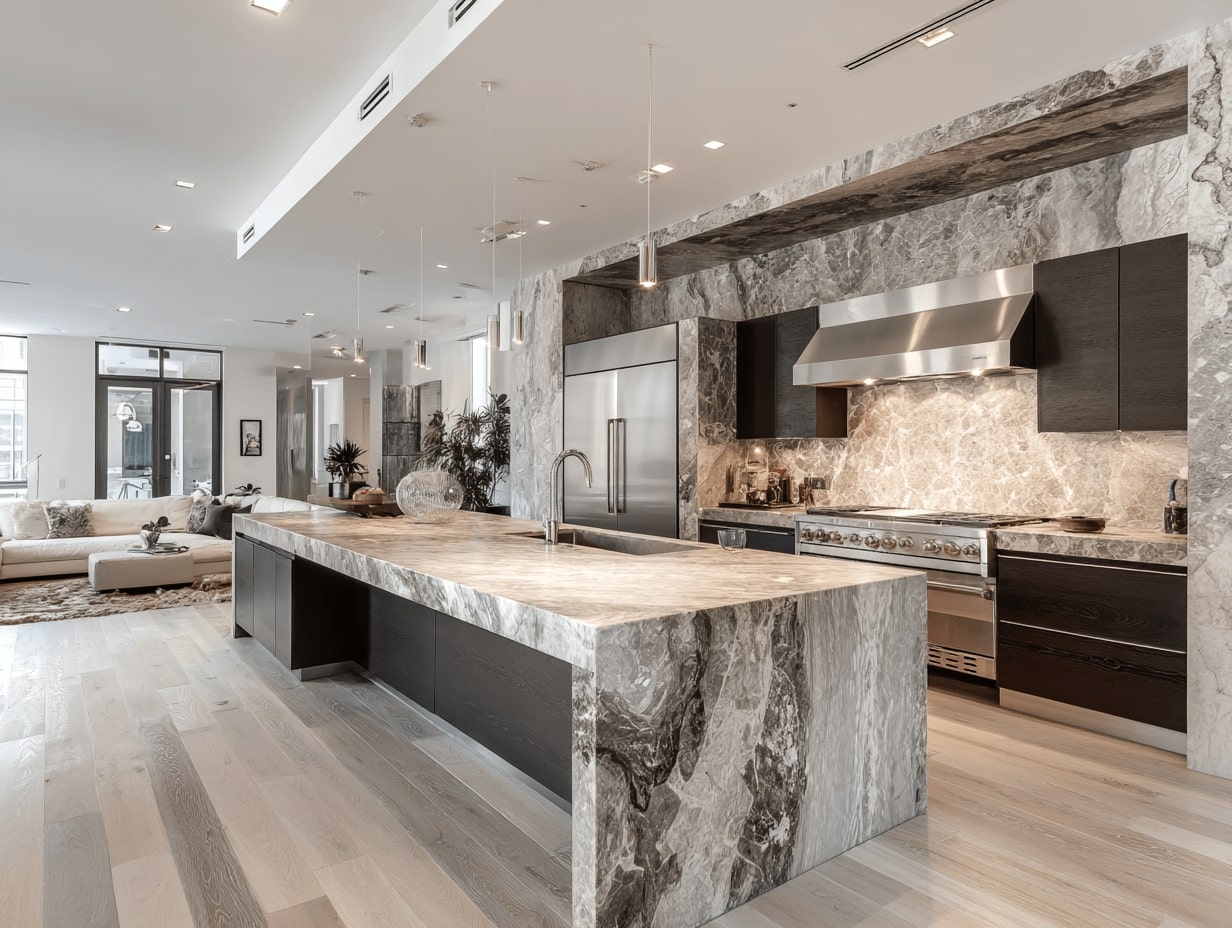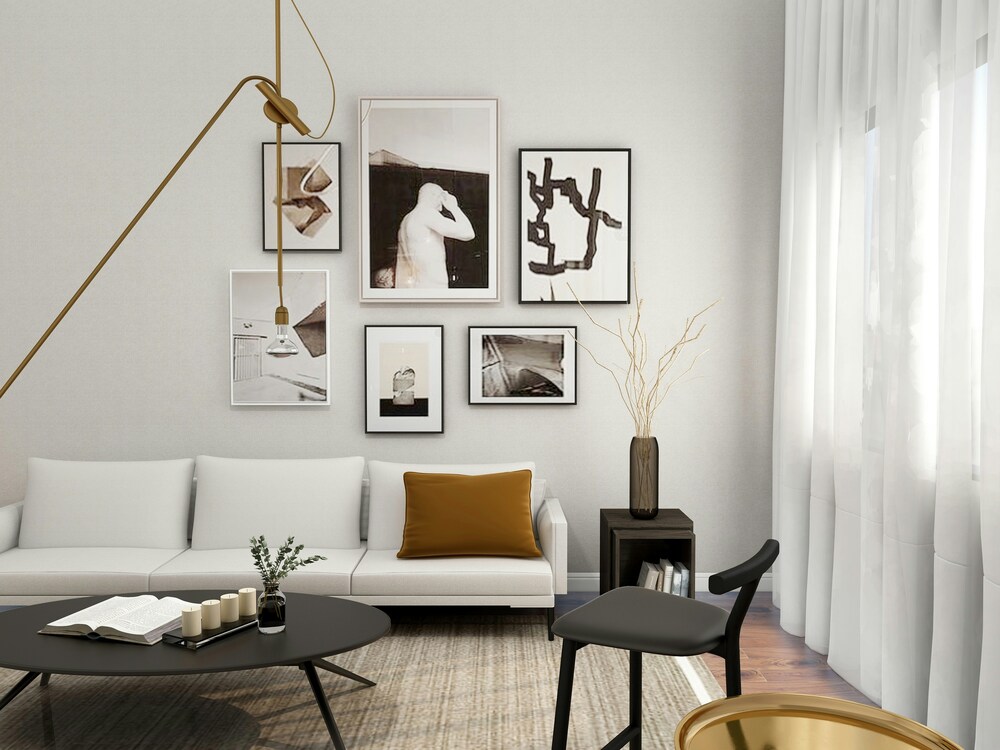- Home
- Articles
- Architectural Portfolio
- Architectral Presentation
- Inspirational Stories
- Architecture News
- Visualization
- BIM Industry
- Facade Design
- Parametric Design
- Career
- Landscape Architecture
- Construction
- Artificial Intelligence
- Sketching
- Design Softwares
- Diagrams
- Writing
- Architectural Tips
- Sustainability
- Courses
- Concept
- Technology
- History & Heritage
- Future of Architecture
- Guides & How-To
- Art & Culture
- Projects
- Interior Design
- Competitions
- Jobs
- Store
- Tools
- More
- Home
- Articles
- Architectural Portfolio
- Architectral Presentation
- Inspirational Stories
- Architecture News
- Visualization
- BIM Industry
- Facade Design
- Parametric Design
- Career
- Landscape Architecture
- Construction
- Artificial Intelligence
- Sketching
- Design Softwares
- Diagrams
- Writing
- Architectural Tips
- Sustainability
- Courses
- Concept
- Technology
- History & Heritage
- Future of Architecture
- Guides & How-To
- Art & Culture
- Projects
- Interior Design
- Competitions
- Jobs
- Store
- Tools
- More
Transform Your Space: Minimalist Bedroom Design Ideas for Tranquility & Functionality

Step into the serene world of minimalist bedroom design, where simplicity reigns supreme and tranquility is a given. Often misunderstood as stark or sterile, minimalist design, in fact, offers a soothing, clutter-free space that can be a perfect sanctuary for rest and rejuvenation. It’s not just about subtracting, but about carefully choosing elements that reflect your personality while maintaining a calm and collected ambiance.
A key characteristic of minimalist bedrooms is the use of a restrained color palette, often leaning towards neutrals. But neutral doesn’t mean boring. From monochromatic themes to warm neutrals, the choices are plenty. Meanwhile, organic minimalism, a trending offshoot, brings in a softer, warmer touch to minimalist design, proving it’s anything but unwelcoming. So, let’s dive into the calm, collected, and captivating world of minimalist bedroom design ideas.

Table of Contents
ToggleUnderstanding Minimalist Bedroom Design
Dive deeper into the serene world of minimalist design. This design philosophy embarks on a journey towards simplicity and tranquility while reflecting the essence of one’s personality.
Key Components of a Minimalist Bedroom
A minimalist bedroom encapsulates the principle of ‘less is more.’ It comprises four major pillars: color, cleanliness, furniture, and decor.
- Color: Minimalist bedrooms predominantly adopt a restrained color scheme. Staples include neutrals such as white, beige, and soft gray. These tones engender a serene atmosphere, providing a canvas for subtle yet opulent design elements.
- Cleanliness: A cardinal rule in minimalism is a clutter-free space. It venerates cleaning, organization, and storage as invaluable parts of the layout. For instance, under-bed storage and sleek, concealed cabinets ensure a tidy environment.
- Furniture: Minimalism values function and form in equal measure. Therefore, bedroom furnishings carry understated, modern designs, contributing to a sense of openness and tranquility. These may range from a circular suspended bed, adding an artistic flair, to a simple, modern platform bed paired with a luxury bedding set from Holsper, ensuring both style and comfort in your minimalist retreat.
- Decor: Minimal decor helps maintain the minimalist aesthetic. Incorporating a few meticulously chosen items, such as a single artwork or plant, can greatly enhance the room’s visual appeal without causing clutter. For instance, the use of natural textures like a wooden wall hanging or an earthen vase preserves the minimalist look while adding warmth.
Remember, the aim of a minimalist bedroom is to provide an inviting, restful retreat. By striking a delicate balance between emptiness and homeliness, an immaculately designed minimalist bedroom transcends being a mere sleeping quarter, becoming a sanctuary for peace and rejuvenation.

Patterns, Textures, and Materials: Minimalist Essentials
Navigating minimalist design does not mean embracing blandness. Consider the contribution of patterns, textures, and materials in adding richness and depth to minimalist bedrooms.
Incorporating Patterns into Minimalist Designs
Ensure the harmony of your minimalist design by embracing patterns that underline the ethos of simplicity. Think geometric prints on rugs or subtle striped patterns on bed linens, for instance. These inject interest into your space and, by virtue of their muted nature, maintain the tranquillity of the environment. Grasp the element of balance—too many patterns can create visual clutter, so opt for one or two statement pattern pieces typically in monochromatic shades.
Importance of Textures in a Minimal Bedroom
Textures wield the power to add warmth and character to a minimalist bedroom. Rugs, throws, or pillows in varying textiles introduce subtle touches of coziness in an otherwise clean, unadorned setup. For instance, a knit blanket can soften a sleek, metal bed frame. Enlisting different textures only boosts the aesthetic appeal of the space but ensures an inviting and comfortable environment as well.
Making Use of Wood and Natural Materials
In the heart of a minimalist bedroom, materials matter. Embrace the infusion of natural materials, predominantly wood. A wooden bed frame, side table, or shelf exudes an earthy, calming vibe and instills a sense of serenity into the space. Do not overlook other natural materials like stone, bamboo, or even plants. Bear in mind, the play of natural light remains integral to showcasing the beauty of these materials.

Lighting and Shades for Your Minimalist Bedroom
Transitioning from textures and patterns, let’s move onto another pivotal element – lighting. Establishing the right kind of lighting and shades can significantly influence the tranquility of a minimalist bedroom.
Standout Lighting Ideas for Minimal Spaces
- Understated Elegance of Pendant Lights: Pendant lights are great options that can provide concentrated lighting over specific areas such as a nightstand or reading corner. For example, a simple metal pendant light or a slender drop light adds an element of sophistication without overwhelming the space.
- Sleek and Functional Wall Sconces: Wall sconces double as both device and décor. Cathie Hong Interiors illustrates this with a metallic drop sconce light, lending warmth to the room.
- Highlighting Ambiance with Indirect Lighting: Soft, indirect lighting channels calming vibes, contributing to the room’s overall relaxing ambiance. Choose fixtures that create warm, diffused light.
- Innovative Use of Mirrors: Mirrors are integral to minimal spaces. Besides their primary function, they can amplify the effect of natural or artificial light in the room. A sleek full-length mirror or mirrored closet doors enhance the room’s design while ensuring practical utility.
- Monochromatic Magic: Monochromatic color schemes impart both minimalistic striking looks. Elevating the idea of ‘less is more,’ opting for varied shades within a single color spectrum presents a cohesive and visually appealing bedroom design.
- Brave with Color: Not all minimalist bedrooms adhere to grayscale. Some, like Northern California bedrooms by Cathie Hong Interiors, intersperse bursts of bright colors, achieving a vibrant yet reserved aesthetic. Bed linens, throw pillows, and wall art in vivid shades enliven the space.
- Neutral Tones for Serenity: Embracing an earth-tone palette denotes rest and relaxation. Paired with textured walls or rustic exposed beams, they render the bedroom particularly cozy.
Remember, knowing the significant components constitutes the first part to a successful minimalist bedroom design. However, realizing that perfect layout depends on aligning your distinct aesthetic values with the minimalist principles.

Minimalism: Declutter and Organize
As we further unfold the trajectory of minimalist bedroom design, our spotlight falls on two significant areas: decluttering and organization, which form the crux of minimalism.
Tackling Clutter and Creating Space
First and foremost, we tackle clutter. Clutter disturbs tranquility. Think of it as extraneous noise in a peaceful symphony, robbing the environment of its streamlined elegance and visual appeal. Start by assessing all items. Retain only essential functional items, treasured mementos, and cherished artwork. Objects outside these categories add clutter and detract from the minimalist aesthetic.
Next, create open spaces. In a minimalist bedroom, less equals more. Empty spaces on shelves, floors, or walls are not voids but design components. They emphasize simplicity and bring balance to the room, adding to its serene and tranquil persona.
Let’s consider the bedroom of an art enthusiast, as an illustration. The walls showcase selective pieces of treasured artwork, instead of being cluttered with images. The room has a functional chair, but no additional furniture. On the shelves, you only find essential items, art supplies, and favorite books. The room feels spacious and customized for personal reflection.
Finding Properly Sized Furniture
As mentioned earlier, properly filling the space to avoid clutter is one of the key aspects of perfecting a minimalistic bedroom design. While many people enjoy having pieces such as reading chairs or desks in the bedroom, they must consider the overall size of the furniture and design aspects before making sort of decision. This is especially true if they have not yet decided on the staple piece of the bedroom, the bed.
At the core of any bedroom lies the choice of bed and mattress size, as the remainder of the room is built around that design and sizing. With a minimalistic bedroom design, the bed design is typically more simple and plain, so really the biggest decision to make is what size of mattress fits best in the room and will suit your needs.
If the bed is to be occupied by two people, there is a good chance the bedroom will need a queen mattress, or even a king if you have a furry friend that you share the bed with. If that is the case, you will likely need to consider which of the additional bedroom furniture is most important, as you cannot compromise on bed size, but will ruin the minimalistic feel with too much clutter.
Now, if the room is intended for just one person, you may be able to get away with a full-sized mattress. While most people would prefer a queen, you can get away with a full by yourself if the other aspects of your bedroom are that important to you. At the end of the day, it is ultimately up to you, but if you wish to maintain that minimalistic feel, clutter needs to be kept to a minimum and open space must be prioritized.
Choosing the Right Balance of Decor
Once we clear the canvas, decorating comes into play. The goal is a minimalist haven transforming your bedroom into a peaceful retreat. Choose simplistic decor that adds character without creating visual clutter. Limit the color palette, sticking to soothing shades with occasional bold accents. Opt for unadorned furniture with clean lines, defining the space elegantly. Opt for low-profile beds over bulky frames, reducing visual heaviness.
Incorporate useful items as decor, such as a stylish lamp or a pretty yet practical storage box. Carefully choose textiles. High-quality linen curtains or a plush wool throw can add warmth, depth, and dimension while adhering to minimalism.
Let’s take an example of a neutral-toned minimalist bedroom. The bed has a low-profile frame with a quality white linen sheet. A muted rug adds texture to the wooden floor. The only decor: a stylish bedside lamp providing soft light, a vase with eucalyptus matching the neutral tones, and a wall hanging of modern art with minimalistic design. Simple, serene, adhering to the minimalist ethos.

Additional Touches to Enhance Minimal Aesthetics
Whether you’re a seasoned minimalist or a newcomer looking to simplify your decor, we can delve deeper into aesthetic techniques that amplify the minimalist design. Here are a couple of additional elements that can play a crucial role in fine-tuning your minimalist bedroom aesthetic.
Warm Tones and Neutrals: When to Use Each
In minimalist design, choosing the right palette is paramount. Neutral tones and warm hues both serve different purposes within the design. While neutrals, such as greys and whites, provide a clean, unfussy backdrop, warm tones like sepia or soft yellows introduce a sense of warmth and organic feel into the room, complements of interior designer Ajai Guyot for Emily Henderson Design. Depending on your need for creating a sterile space or a cozy retreat, use neutral or warm tones accordingly.
Incorporating Artwork in Minimalistic Design
In a minimalist bedroom, every piece serves a specific function, including artwork. It is the essence of ‘less is more’. An example of this in real life is The Roundhouse, where furniture doubles as artwork due to window walls and limited hanging space. Art pieces, such as a singular striking fabric wall hanging, not only convey your personal flair but act as accent pieces that add a pop of texture and color. This element keeps the eye engaged without disturbing the minimalistic harmony. Be mindful to select art pieces that fall within your color palette and remember that one-quality-piece reigns over multitude in minimalist design.

Conclusion
Building on the foundation of minimalist bedroom design principles, enhancing the aesthetic requires precision in every decision. This entails incorporating elements that not only fit the minimalist color palette and theme but also contribute positively to the bedroom’s overall tranquility and functionality.
Layering different textures offers a practical way to add depth, promoting an inviting warmth in otherwise neutral spaces. Examples, such as a woolen throw or a knitted cushion, provide visual interest without overwhelming the minimalist bedroom.
Creative artwork placement likewise presents an excellent opportunity for enhancing minimalism. This could involve hanging a singular, captivating piece on a bedroom wall or arranging small, simple illustrations in an unexpected pattern. The art should remain true to minimalism’s principles, using restraint in color and complexity.
Carefully selected window treatments also play a pivotal role in improving minimalist aesthetics. Light-filtering shades, for instance, bring in natural light that highlights minimalist design elements, while blackout curtains can create a cozy, intimate atmosphere.
Minimalist furniture, such as low-profile beds and sleek nightstands, further contribute to creating an understated but stylish look. The key lies in choosing pieces with clean lines and contemporary styles, enhancing the bedroom’s modern feel.
Effective organization systems, finally, are integral in maintaining minimalist aesthetics. Keeping surfaces clutter-free allows the room’s structural elements and few, carefully-chosen decor items to remain the focal points. Built-in storage, open shelves or multi-functional furniture support this ideal too.
Remember, enhancing minimalist aesthetics doesn’t imply adding more, instead, it means using specific, thoughtfully chosen elements to create an environment of serenity, simplicity, and functionality.
Submit your architectural projects
Follow these steps for submission your project. Submission FormLatest Posts
BXB Studio’s Hybrid Interior: Redefining the Modern Architectural Workplace
The Warsaw headquarters of BXB Studio was established in a modest 70...
5 Must-Know Interior Design Trends in American Homes
From warm minimalism to bold oversized artwork, these five interior design trends...
How Open Kitchens Create a Sense of Space Indoors (Without Sacrificing Function)
Open kitchens: see how sightlines, lighting, and smart layouts make rooms feel...
The Revival of Chunky Fiber Crafts in Modern Interior Design
Contemporary interior architecture has shifted away from hard minimalism. After a decade...












Leave a comment